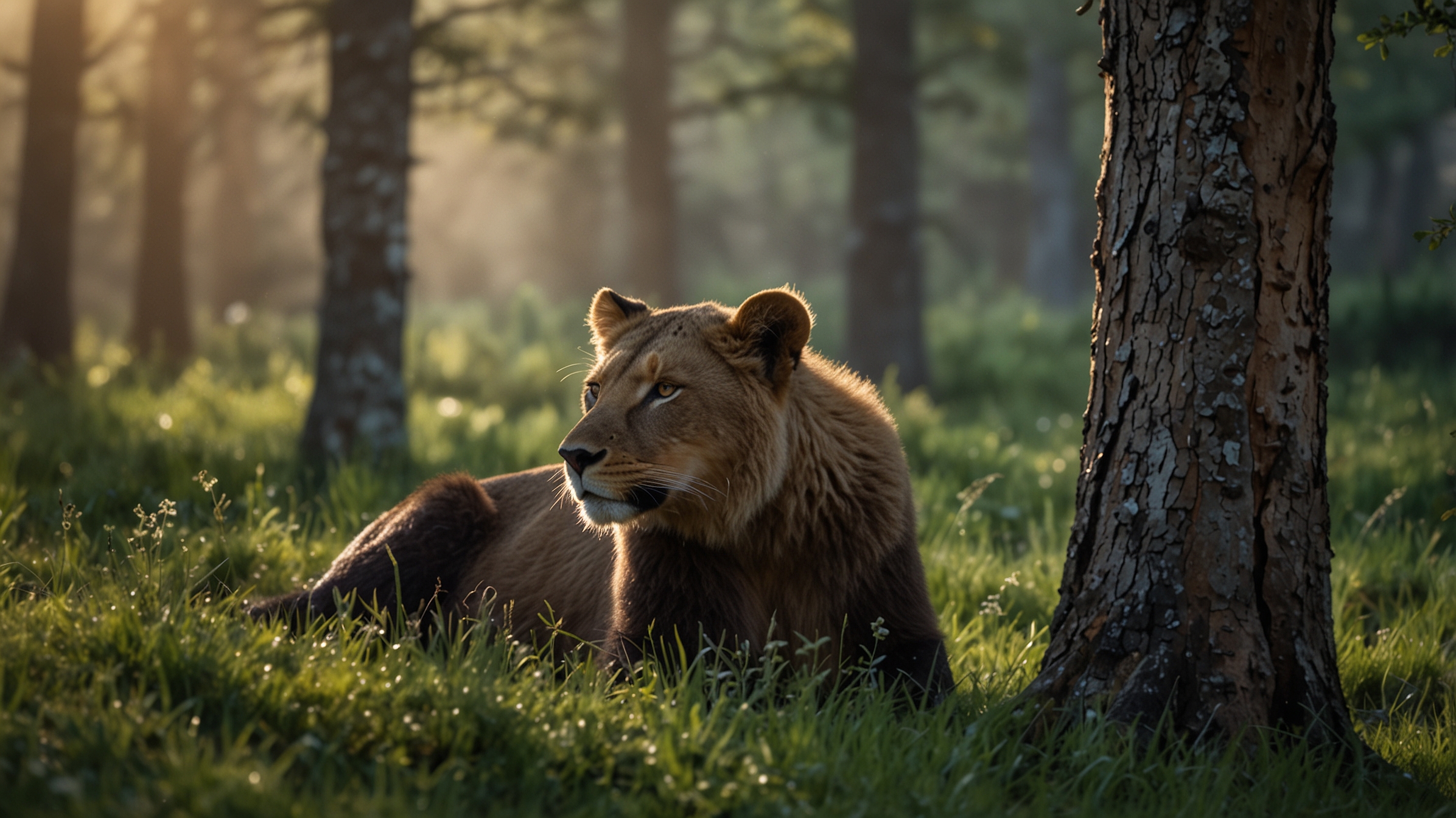Travel isn’t just about seeing the world—it’s about preserving it. Around the globe, visionary conservationists are bringing ecosystems back to life through rewilding, a movement focused on restoring landscapes to their natural state, reintroducing wildlife, and reviving the delicate balance of nature. Better yet, tourism is playing a key role by supporting these efforts.
Here are some of the world’s most inspiring rewilded parks and reserves where your visit directly contributes to nature’s second chance.
1. Pleistocene Park – Siberia, Russia
An Ice Age Dream Reborn
In the frozen expanse of northeastern Siberia, scientists and conservationists are recreating a version of the Ice Age ecosystem. Pleistocene Park is an ambitious experiment to restore the mammoth steppe — a grassland ecosystem that once supported large herbivores like bison, reindeer, and horses. Though actual woolly mammoths are still the stuff of science fiction, musk oxen, yakutian horses, and bison now roam freely.
Why Visit:
Visitors can join scientific expeditions, camp under the stars, and witness a bold experiment that could help combat climate change by preserving permafrost.
2. Yellowstone National Park – United States
The Iconic Wolf Comeback
Yellowstone’s reintroduction of gray wolves in 1995 stands as one of the greatest success stories in conservation history. With wolves back at the top of the food chain, the ecosystem has rebalanced dramatically: elk populations became healthier, rivers changed course as vegetation returned, and countless species benefited from the restored natural order.
Why Visit:
Explore America’s first national park through wolf-tracking tours, wildlife safaris, and backcountry hiking, all while supporting efforts to maintain the park’s rich biodiversity.
3. Gondwana Link – Western Australia
Reconnecting Ancient Forests
Gondwana Link is one of the largest and most ambitious rewilding projects in the world, aiming to reconnect a vast swath of Australia’s southwest forests and shrublands. Once fragmented by agriculture, this landscape is being stitched back together, creating safe corridors for endangered species like the numbat and western ground parrot.
Why Visit:
Eco-lodges and guided walks offer visitors the chance to explore wildflower-studded woodlands and support Indigenous land stewardship initiatives.
4. European Green Belt – Europe
From Iron Curtain to Green Ribbon
Once a heavily guarded border during the Cold War, the Iron Curtain has transformed into the European Green Belt — a network of parks, reserves, and rewilded landscapes stretching 12,500 kilometers from the Barents Sea to the Adriatic. What was once a symbol of division is now a sanctuary for lynx, bears, wolves, and countless migratory birds.
Why Visit:
Hike, cycle, and explore nature reserves across 24 countries, from Finland’s wild forests to Bulgaria’s river wetlands, and witness history rewritten through nature.
5. African Parks Network – Multiple Countries in Africa
Community-Led Rewilding at Scale
Operating across 22 parks in 12 countries, the African Parks Network is redefining conservation by restoring degraded reserves and empowering local communities. From Zakouma in Chad, where elephants are making a comeback after decades of poaching, to Rwanda’s Akagera National Park, now home to lions and rhinos once again, African Parks shows how tourism can fuel long-term ecological health.
Why Visit:
Experience authentic safaris in places where your park fees directly fund anti-poaching patrols, education programs, and local employment.
6. Alladale Wilderness Reserve – Scotland
Bringing the Highlands Back to Life
Deep in the Scottish Highlands, Alladale Wilderness Reserve is on a mission to rewild a once-tamed landscape. Efforts include restoring native Caledonian pine forests, reintroducing species like Scottish wildcats and red squirrels, and replanting riparian woodlands to protect rivers and salmon populations.
Why Visit:
Stay in luxurious eco-lodges, hike through misty glens, and participate in conservation workshops while supporting Scotland’s ambitious rewilding vision.
Final Thought:
Rewilding destinations prove that tourism and conservation aren’t opposing forces—they can be powerful partners. Every guided trek, eco-lodge stay, and park entrance fee helps fund the revival of natural ecosystems, protects endangered species, and empowers local communities.
When you travel to these rewilded places, you’re not just witnessing nature’s resilience—you’re becoming part of the story that brings it back to life.





